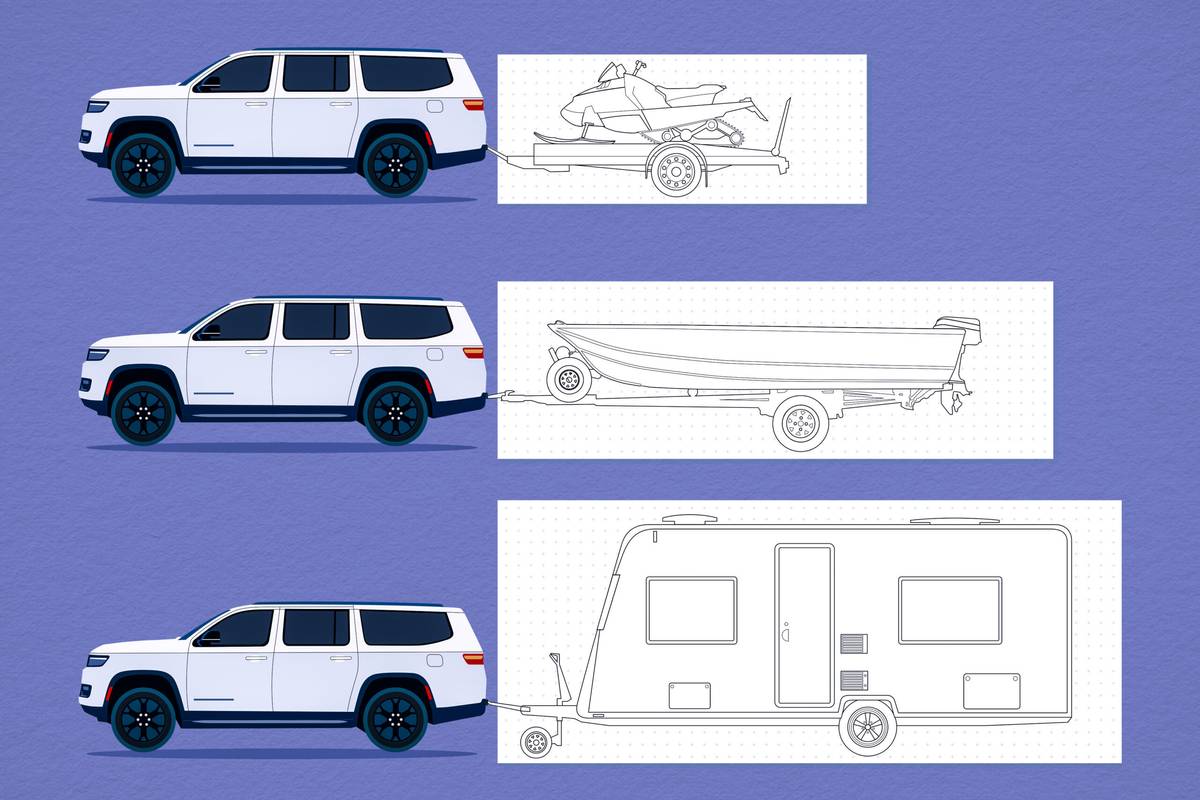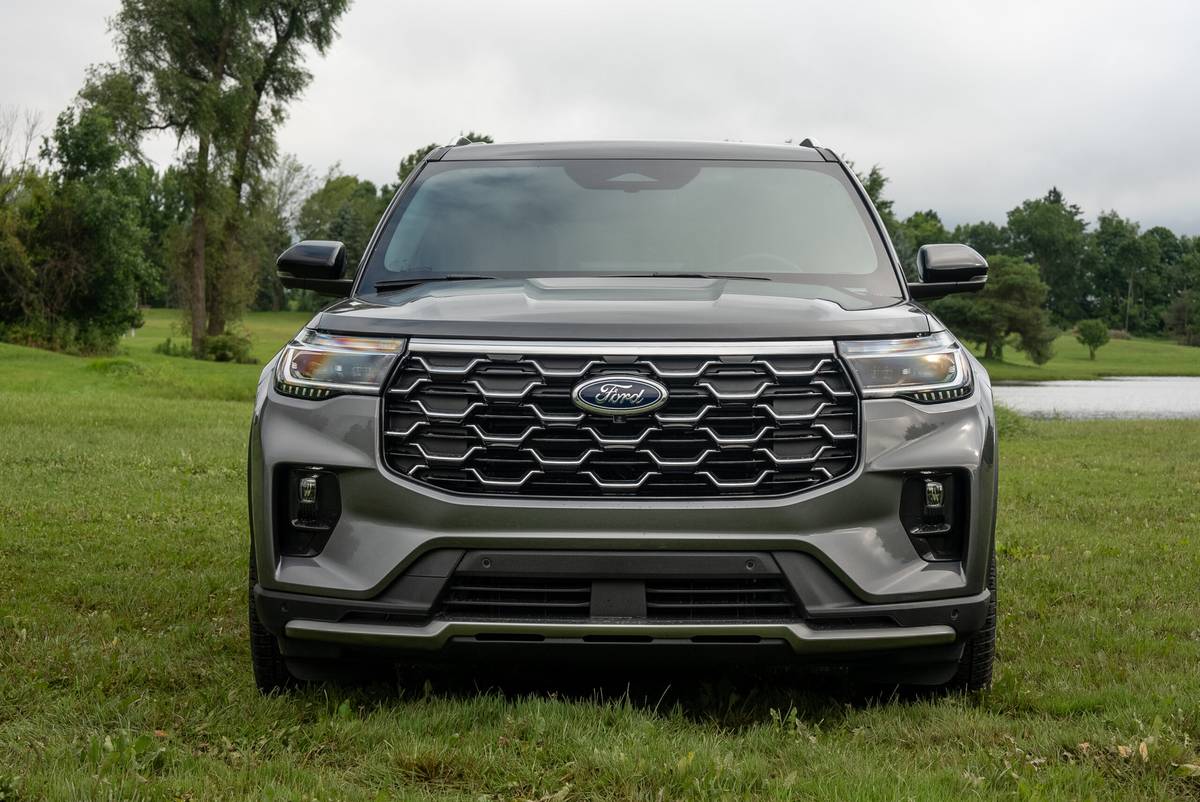2016 Nissan Sentra: Car Seat Check

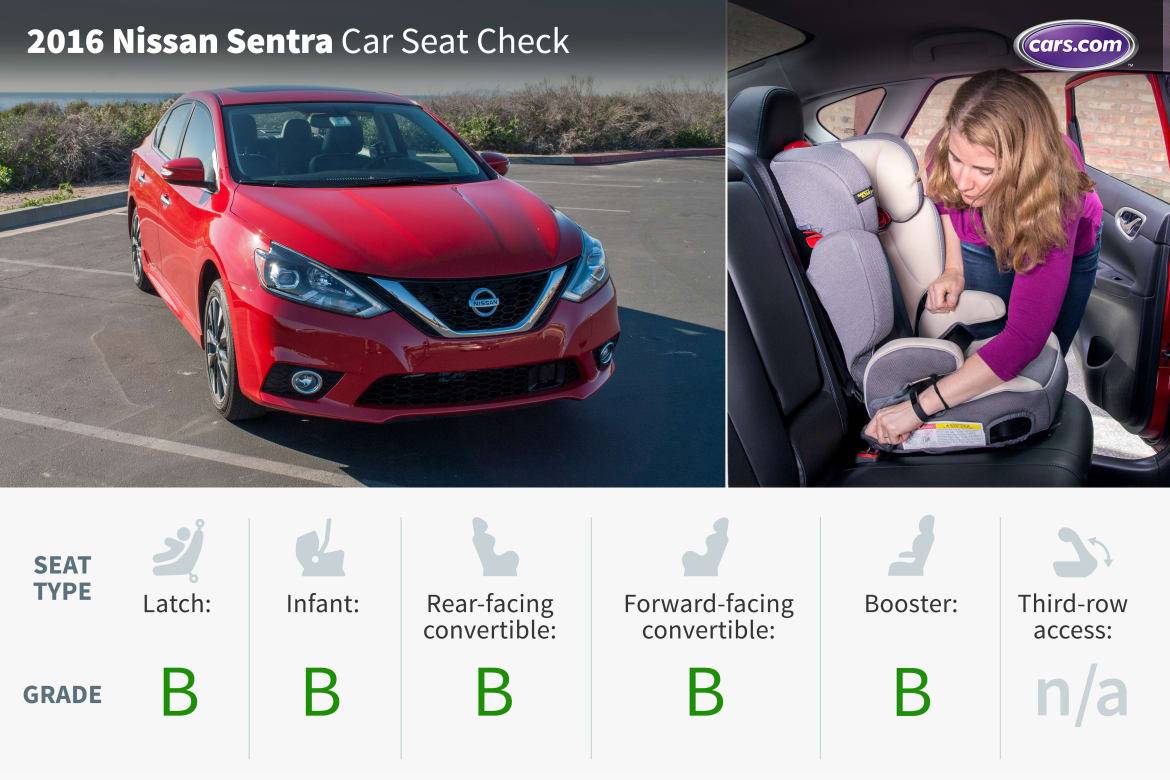
CARS.COM — When the Nissan Sentra was redesigned for 2013, its greater length and bigger backseat made for better child-safety seat installation. With the compact sedan’s refresh for 2016, styling refinements and the availability of advanced safety features not yet common to the class are welcome improvements. Not all change is good, however, as the Sentra’s performance in our Car Seat Check this go-round suffers in several areas.
How many car seats fit in the second row? Two
What We Like
- The three top tether anchors, positioned on the rear shelf behind the head restraints, were easy to use.
- Our rear-facing infant seat and our convertible seat in both the rear- and forward-facing positions fit well once installed. The infant seat required the front passenger seat to be moved forward a click but not enough to negatively impact the 5-foot-8 occupant’s comfort; the rear-facing convertible, meanwhile, fit without having to move the passenger seat.
What We Don’t Like
- The two sets of Latch anchors in the outboard seats were difficult to access due to the stiff leather seat cushions; we had better luck connecting with the narrow, hooklike Latch connectors on our infant seat over the convertible’s rigid connectors.
- Connecting the infant seat and rear-facing and forward-facing convertible seats required a significant application of muscle.
- We had to scoot our booster seat toward the door to better access the seat belt buckles, which were on stable bases and just high enough to be useful.
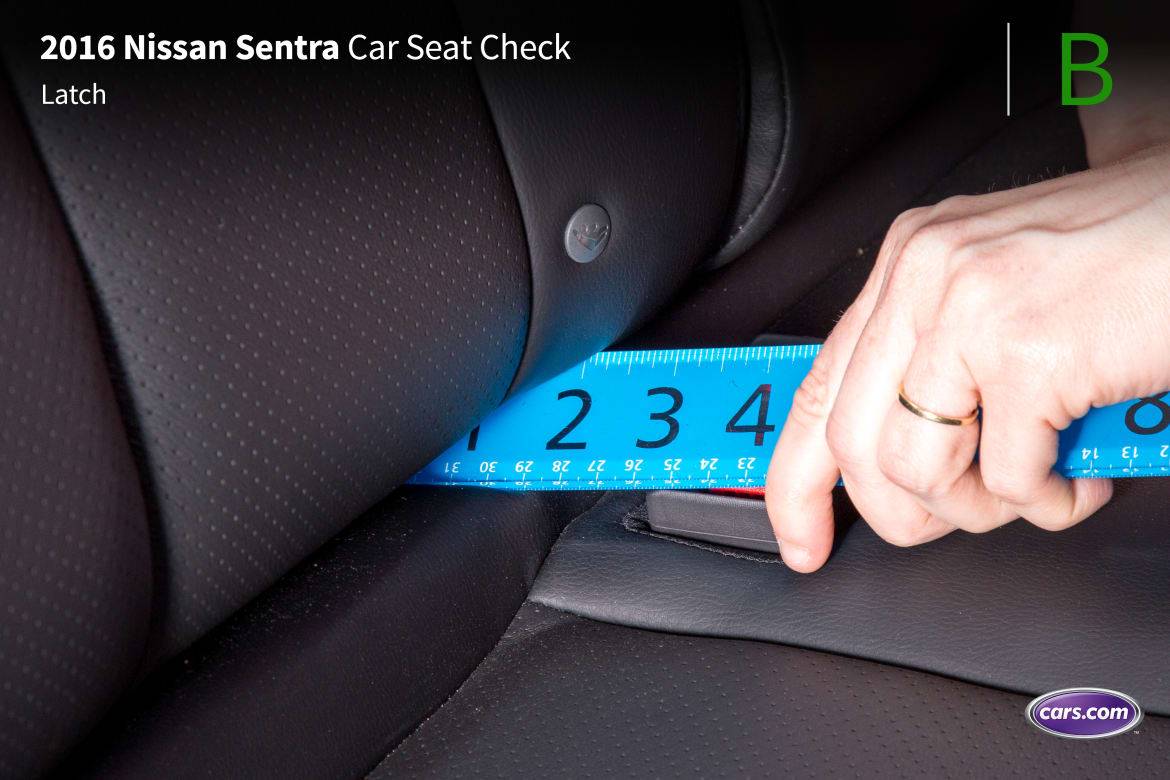
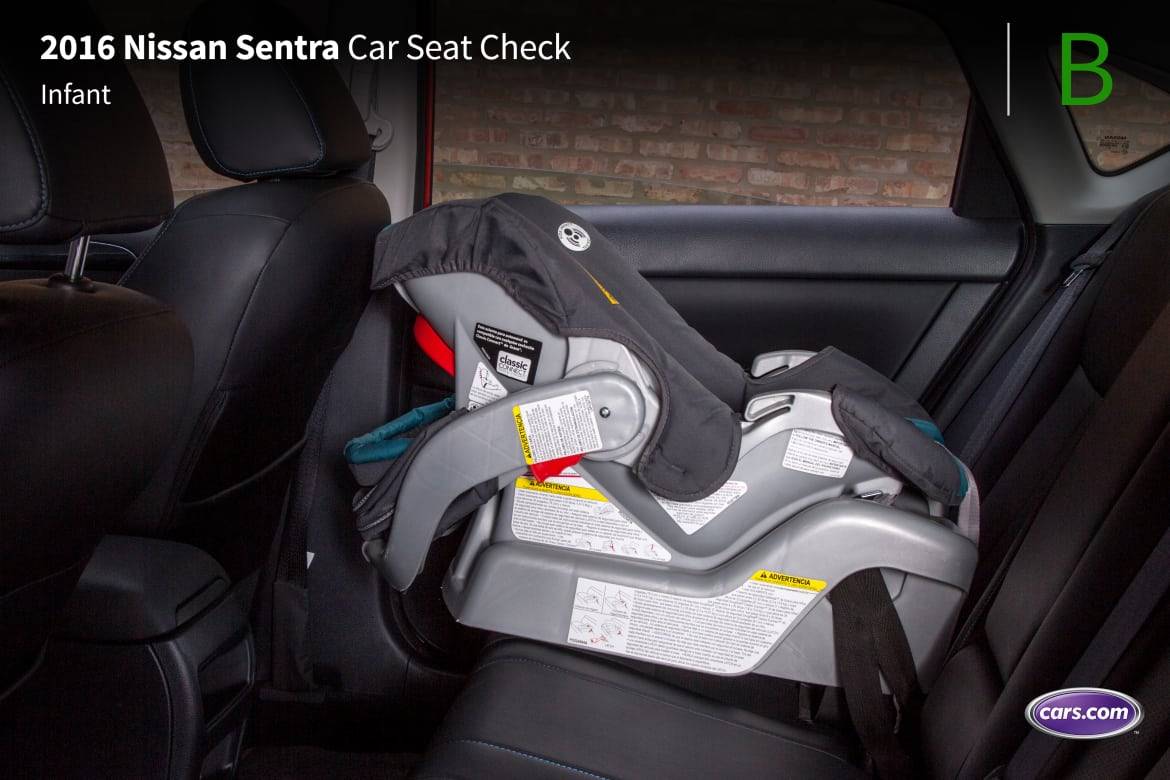
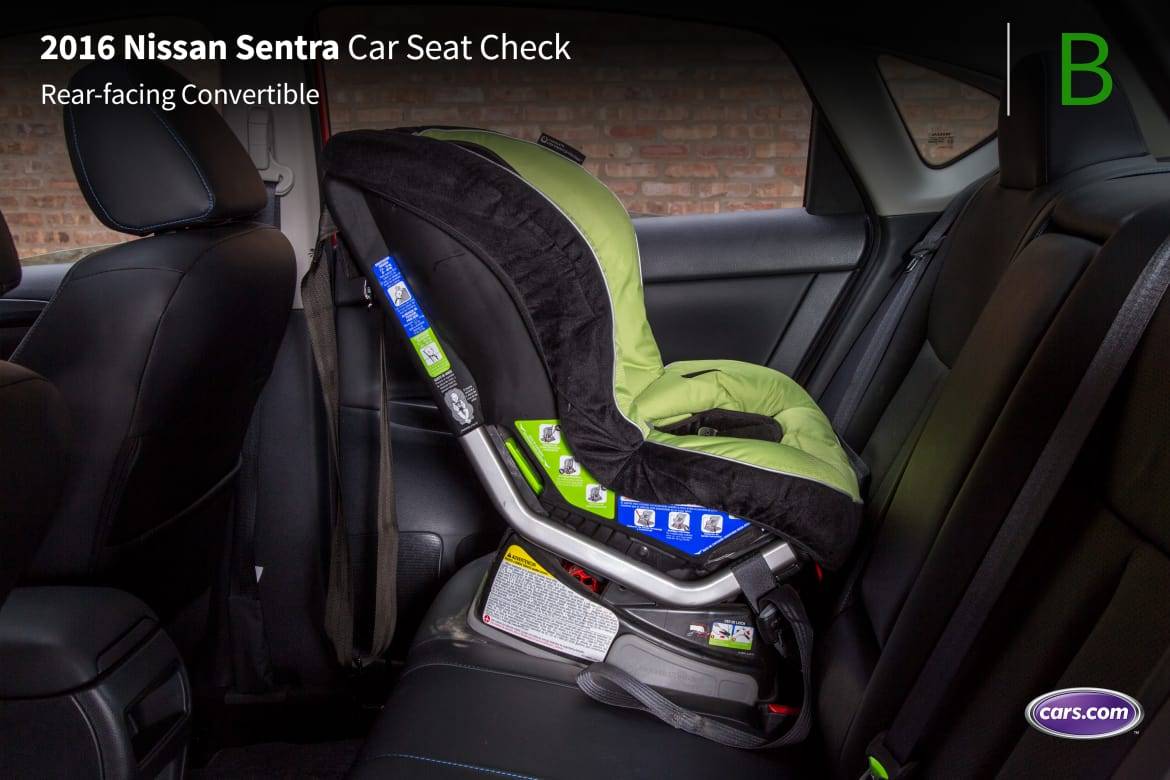
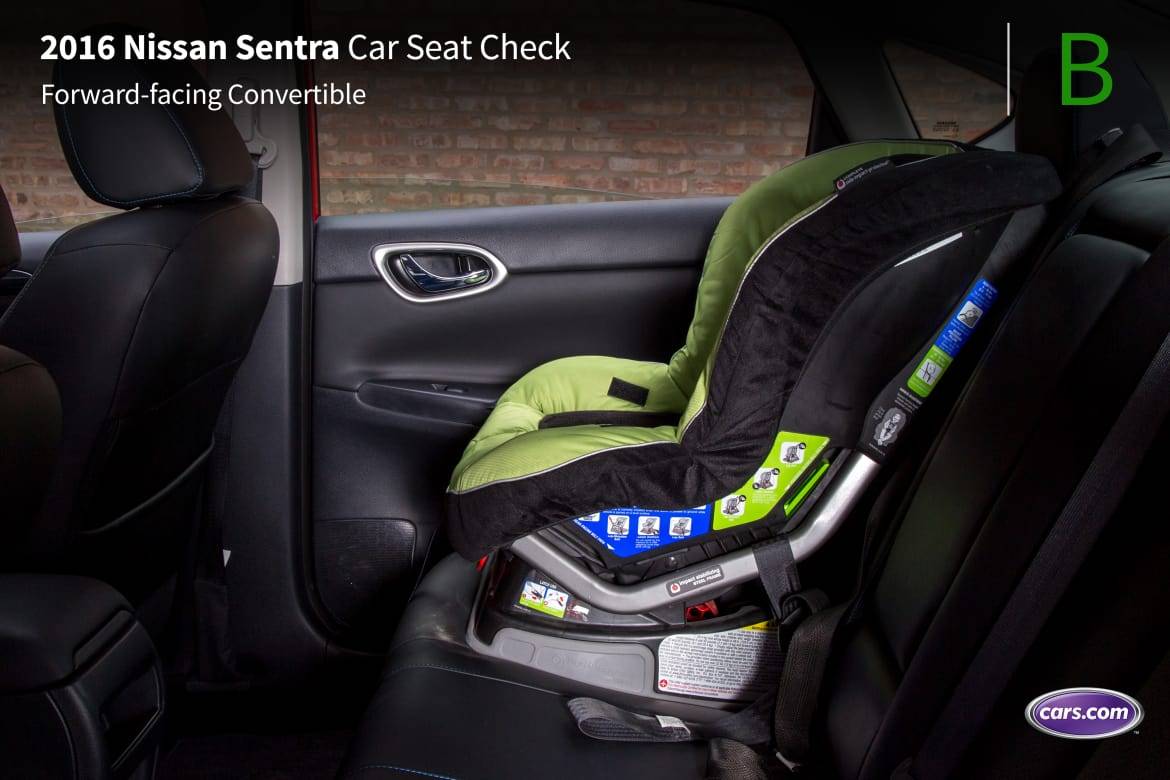
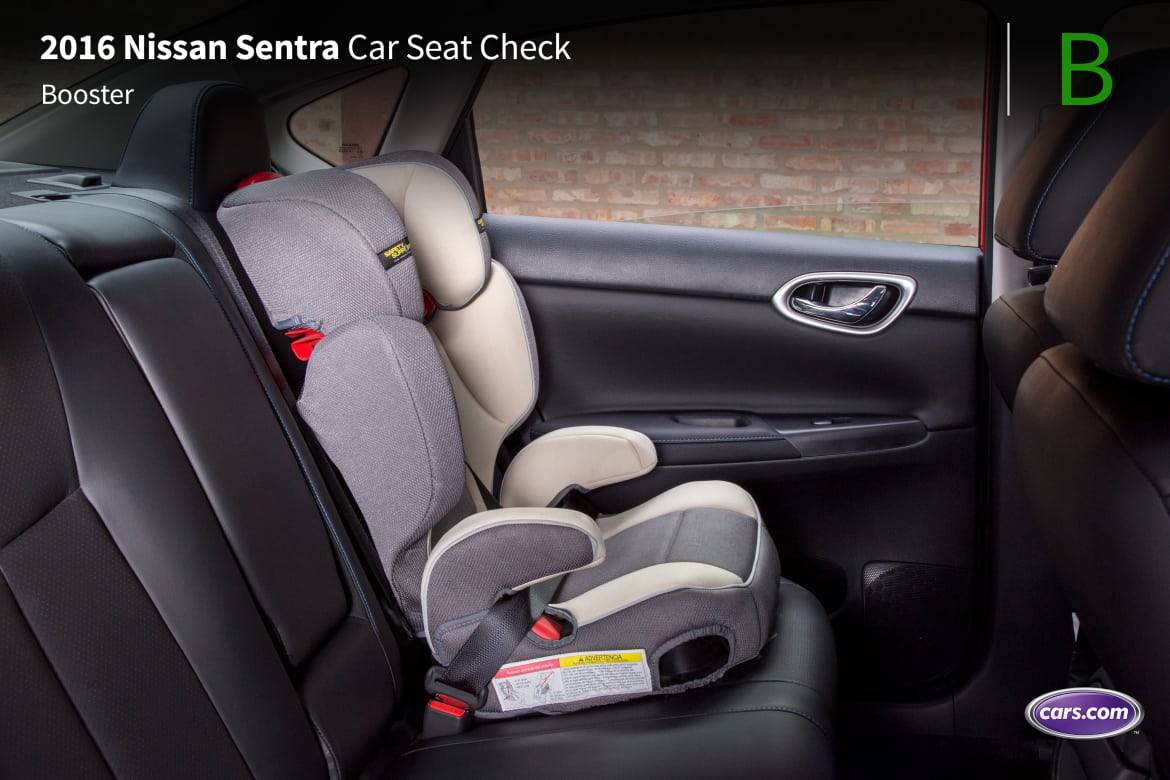





Grading Scale
A: Plenty of room for the car seat and the child; doesn’t impact driver or front-passenger legroom. Easy to find and connect to Latch and tether anchors. No fit issues involving head restraint or seat contouring. Easy access to the third row.
B: Plenty of room. One fit or connection issue. Some problems accessing third row when available.
C: Marginal room. Two fit or connection issues. Difficult to access third row when available.
D: Insufficient room. Two or more fit or connection issues.
F: Does not fit or is unsafe.
About Cars.com’s Car Seat Checks
Editors Jennifer Geiger, Jennifer Newman and Matt Schmitz are certified child safety seat installation technicians.
For the Car Seat Check, we use a Graco SnugRide Classic Connect 30 infant-safety seat, a Britax Marathon convertible seat and Graco TurboBooster seat. The front seats are adjusted for a 6-foot driver and a shorter passenger. The three child seats are installed in the second row. The booster seat sits behind the driver’s seat, and the infant and convertible seats are installed behind the front passenger seat.
We also install the forward-facing convertible in the second row’s middle seat with the booster and infant seat in the outboard seats to see if three car seats will fit; a child sitting in the booster seat must be able to reach the seat belt buckle. If there’s a third row, we install the booster seat and a forward-facing convertible. To learn more about how we conduct our Car Seat Checks, go here.
Parents should also remember that they can use the Latch system or a seat belt to install a car seat, and that Latch anchors have a weight limit of 65 pounds, including the weight of the child and the weight of the seat itself.

Former Assistant Managing Editor-News Matt Schmitz is a veteran Chicago journalist indulging his curiosity for all things auto while helping to inform car shoppers.
Featured stories
